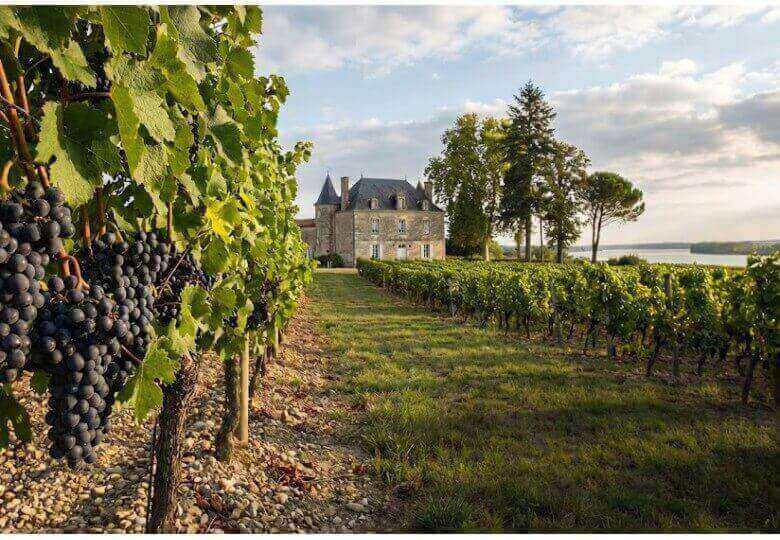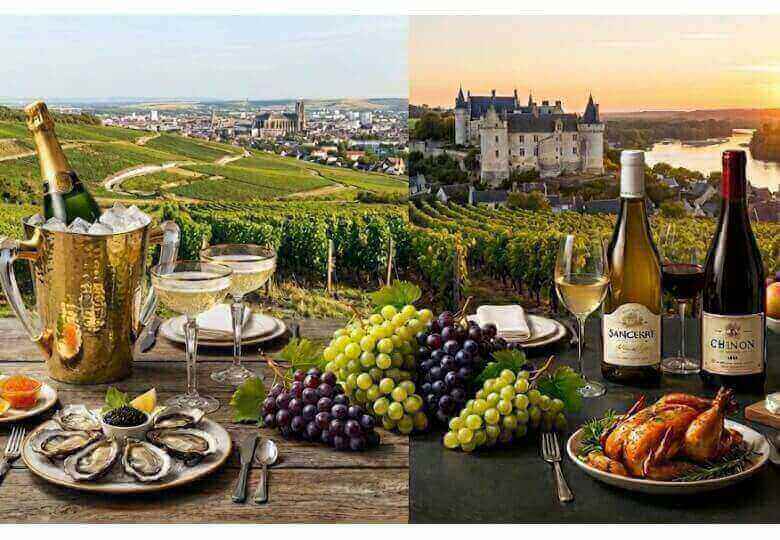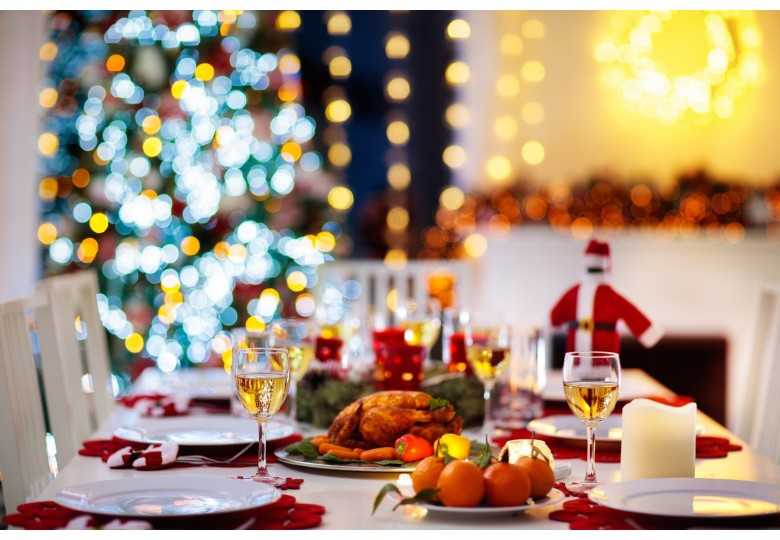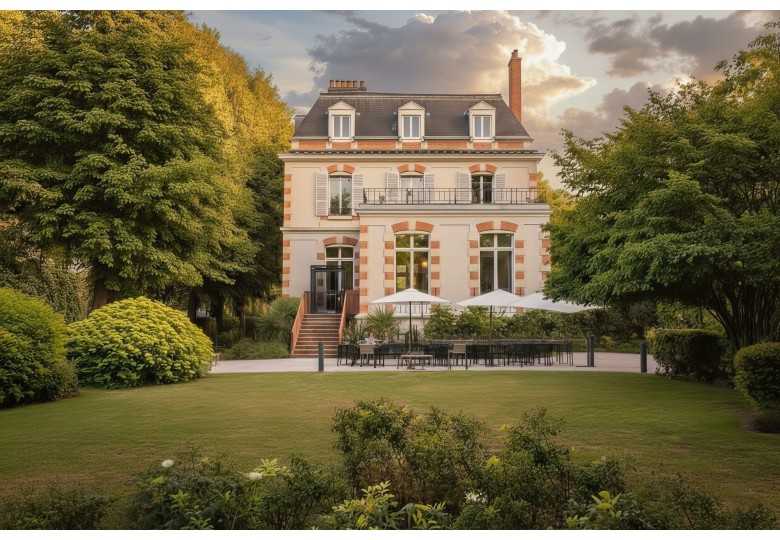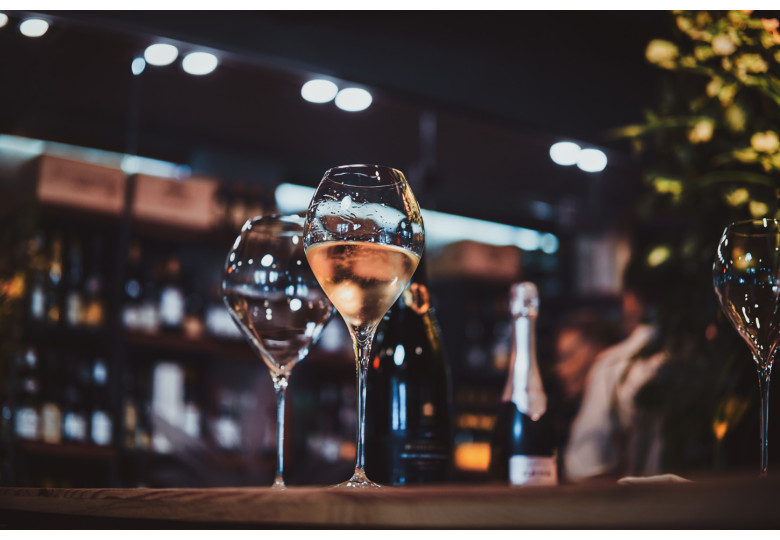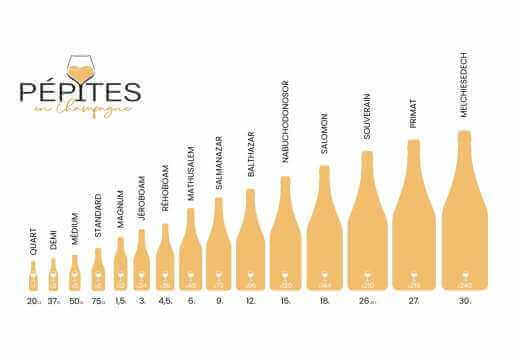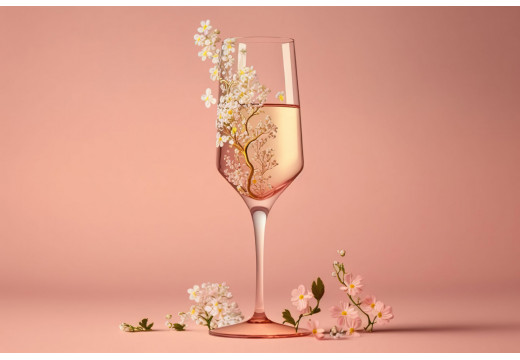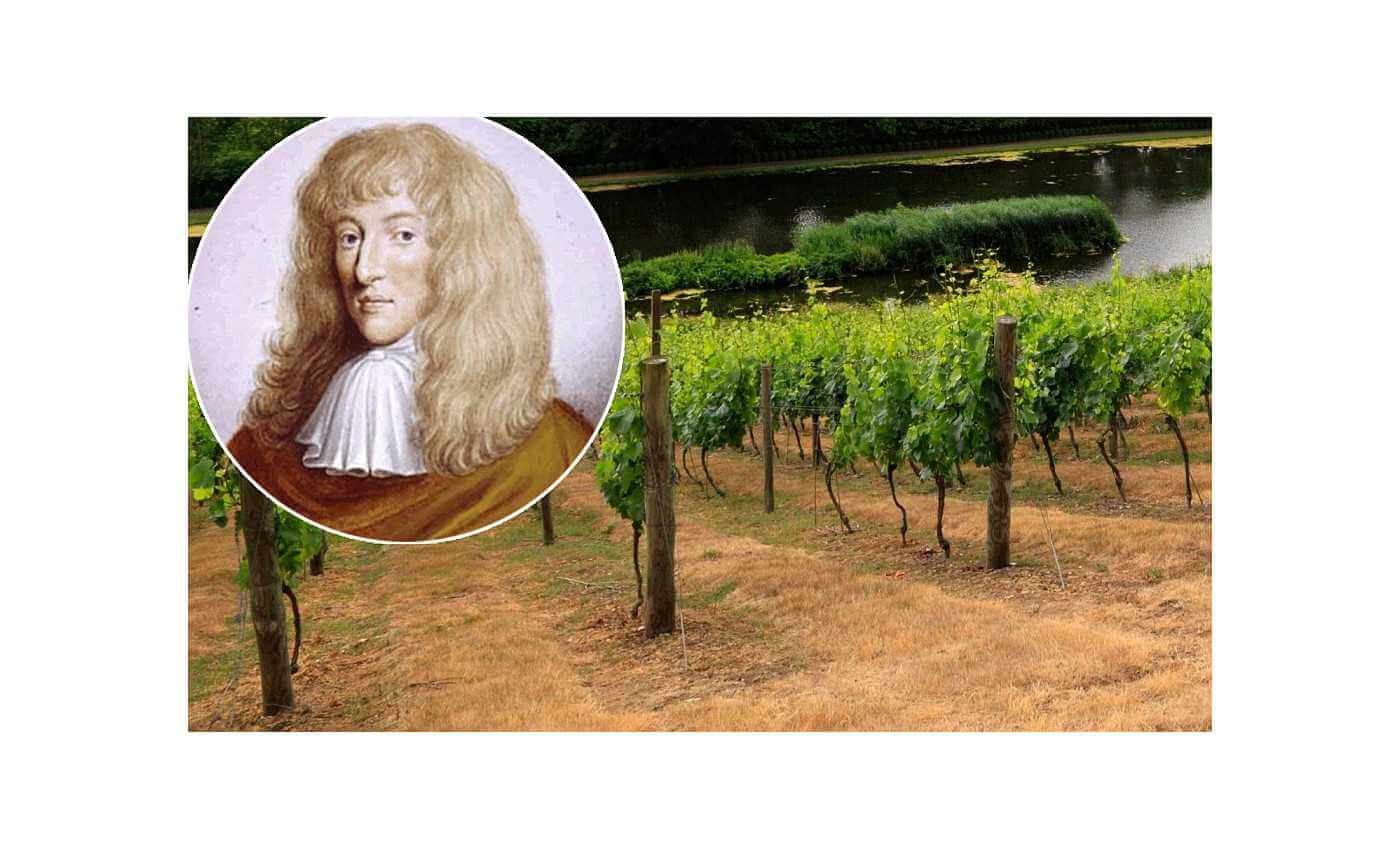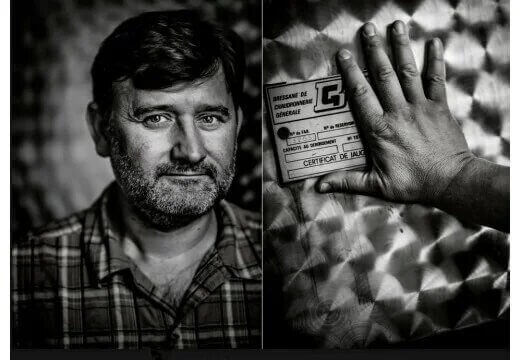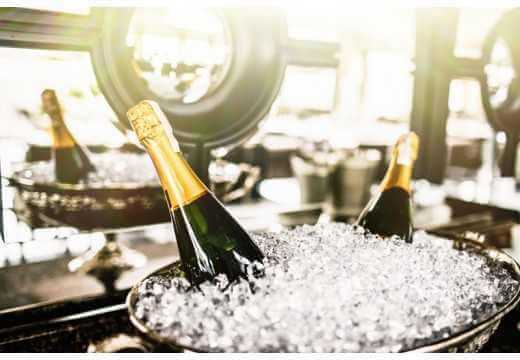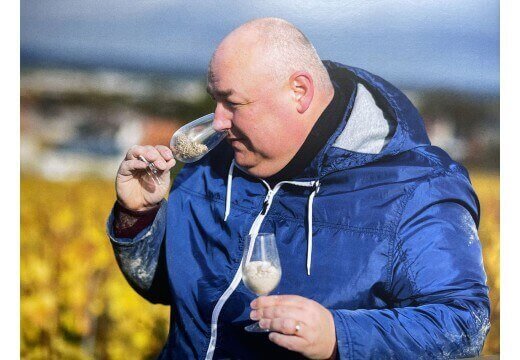If not dom Perignon, then who added bubbles to champagne? Enter Christopher Merret (1614-1695), an English physician and scientist, founding member of the Royal Society, who was particularly interested in glass. Initially, the English made glass, as the French continue to do, with wood-fired furnaces, but when King James I advocated reserving trees for shipyards, they switched to coal-fired furnaces. Coal offered higher temperatures and, as a result, produced much stronger glass. In those days, wine was transported in barrels to England, where it was bottled and corked. All things considered, sparkling wine seems to have a more viable destiny on the English side of the Channel.
In 1662, Merret presented a memoir to the Royal Society entitled "Some Observations on Wine Ordering" (quoted by wine writer Tom Stevenson, b. 1951), in which he clarified the practice of adding vast quantities of sugar and molasses to the casks to make the wine more "lively" and " sparkling ". In contact with the sugars, the yeasts emerge from their vegetative state and release CO2. Not sure Merret really understood the process, but it's the first description of the reaction that triggers the second fermentation to produce foam.
It was also in Shakespeare's language that the first mention of sparkling champagne appeared. In an English Restoration comedy, The Fashionable Man, or Sir Flo-ping Flutter (1676), playwright George Etheredge refers to "sparkling champaign", which works wonders for the black mood of languid lovers and "drowns sorrows"... "which, alas, are back the next day"!
The English may have been the first to appreciate champagne's bubbles, but that doesn't mean they invented it. After all, it was the Champenois who made the wine with its sometimes unfermented yeasts. Can we talk of invention when champagne is the fruit of a hundred and fifty years of evolution? In the spirit of the Entente Cordiale, we'd say champagne is a Franco-English creation! Be that as it may, in Champagne, the transition from still wine to sparkling wine didn't happen overnight.


